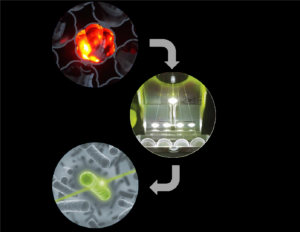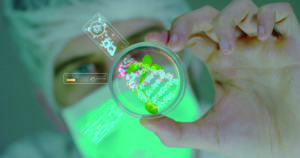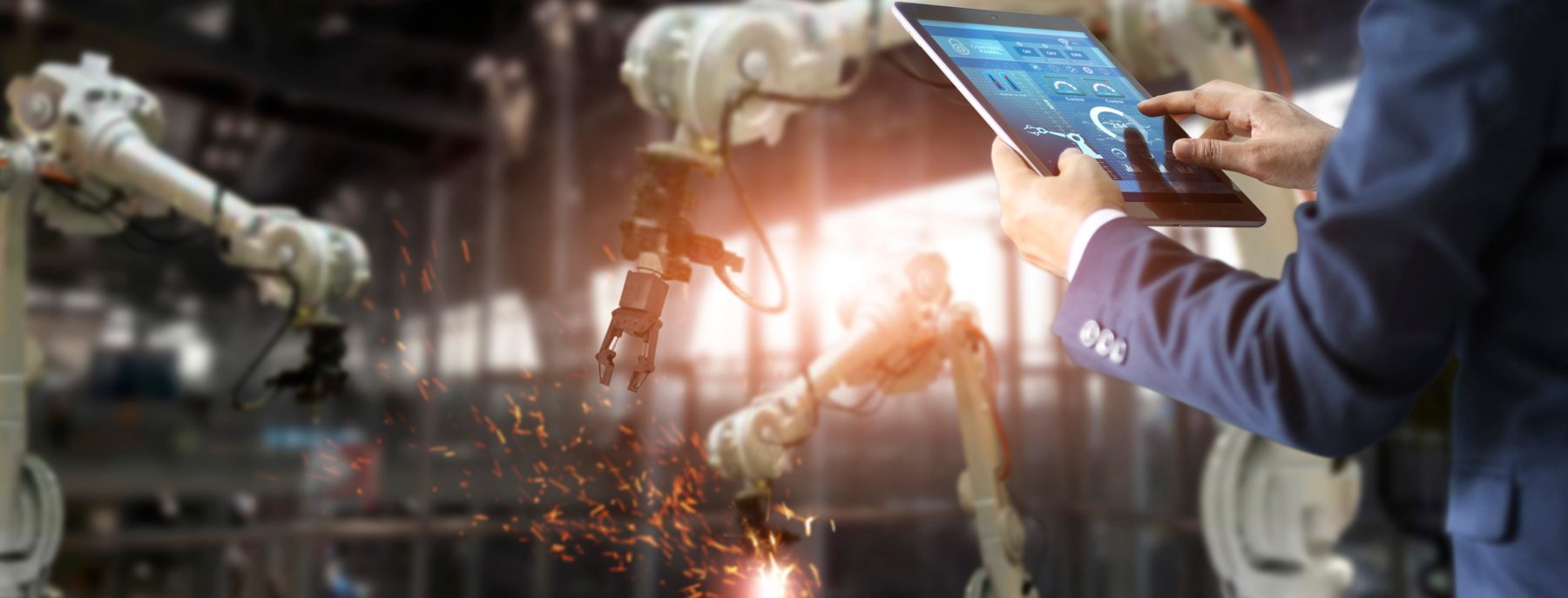See all Innovation Awards
Helmholtz Association – Finding a needle in a haystack
EARTO Innovation Awards 2018 – Impact Expected Category
First Prize


The global biological economy is rising, bringing with it the promise of novel product opportunities and greater environmental protection. But the move away from a chemical economy to a bioeconomy based on renewable resources and natural catalysts presents enormous challenges. Among the most significant is the need for a flourishing supply of suitable microbial production strains for the vast number of biotechnological production processes change will require. The Helmholtz Association of German Research Centres has developed a technology that uses genetic sensors, a cell sorter and a laser to screen and isolate the most productive strains out of millions of others in minutes instead of thousands of years. The innovation has been commercialised by Helmholtz spin-off SenseUp Technology which is working with companies around the world to develop tailor-made production strains for novel biotechnological products in the pharmaceutical, food and chemical sectors.
 SenseUp technology accelerates the microorganism screening process
SenseUp technology accelerates the microorganism screening process by a factor of
1,000,000
 The new technology enables the analysis of up to 50,000 individual cells per second
The new technology enables the analysis of up to 50,000 individual cells per second compared to the conventional rate of
30,000 a year
 Helmholtz spin-off SenseUp Technology
Helmholtz spin-off SenseUp Technology secured venture capital investment and
grants totalling €6.5 million
Speeding the screening process
Microbial production strains are biocatalysts that can transform renewable raw materials into high-value products. The more they produce of the desired substance, the more effective the entire industrial process becomes. Highly productive production strains are in increasing demand as replacements for fossil resources and synthetic catalysts, but supply has been hampered. Identifying the few most productive cells out of millions with classic methods is difficult and time consuming, traditionally taking months, years or even decades. A step change in the screening process has long been needed to ensure industries have access to sufficiently efficient and scalable biotechnological processes.
Lighting up new opportunities
EARTO member Helmholtz has enabled this change with its SenseUp technology which can screen 50,000 cells a second and identify the most highly productive strains. Individual cells are first injected with a highly specific genetic sensor which quantifies the desired product it contains. The cells are then flushed through an ultra-high throughput fluorescence activated cell sorter and as they pass a laser beam, the brightest – and most productive – cells are highlighted. SenseUp technology has the potential to enhance the productivity and cost-efficiency of biotechnology processes and help companies tap into new markets and get new biotechnological products to market fast.
Creating highly valuable products
Helmholtz spin-off SenseUp Technology secured funding of €6.5 million from venture capitalists and the Federal Ministry of Education and Research (BMBF) on its launch. It now has a global client base covering Europe, China, Japan, Korea, the USA and Australia and expects significant commercial revenues by 2020. The breadth and progress of initial projects suggest the technology will play a notable role in driving the bioeconomy to a successful future. Outcomes of early projects include evolved or completely new production strains for an amino acid used globally as a food and feed supplement, the large-scale production of peptide-based glues and an antibody successfully used to treat leukaemia.
More information about this innovation

 Helmholtz Association
Helmholtz Association is Germany’s largest scientific organization. It represents more than 39.000 employees working in 18 research centres across Germany. The Helmholtz Association concentrates its resources within specific programmes where it carries out top-class research in six research fields. These are Energy, Earth and Environment, Health, Aeronautics, Space and Transport, Key Technologies, plus Matter. Helmholtz transfers scientific knowledge into innovation and on into the market and so contributes to creating the technological basis for a competitive society.
www.helmholtz.de
© Photos Credit: Helmholtz, Jülich
 SenseUp technology accelerates the microorganism screening process by a factor of 1,000,000
SenseUp technology accelerates the microorganism screening process by a factor of 1,000,000  The new technology enables the analysis of up to 50,000 individual cells per second compared to the conventional rate of 30,000 a year
The new technology enables the analysis of up to 50,000 individual cells per second compared to the conventional rate of 30,000 a year  Helmholtz spin-off SenseUp Technology secured venture capital investment and grants totalling €6.5 million
Helmholtz spin-off SenseUp Technology secured venture capital investment and grants totalling €6.5 million 
 Helmholtz Association is Germany’s largest scientific organization. It represents more than 39.000 employees working in 18 research centres across Germany. The Helmholtz Association concentrates its resources within specific programmes where it carries out top-class research in six research fields. These are Energy, Earth and Environment, Health, Aeronautics, Space and Transport, Key Technologies, plus Matter. Helmholtz transfers scientific knowledge into innovation and on into the market and so contributes to creating the technological basis for a competitive society.
www.helmholtz.de
Helmholtz Association is Germany’s largest scientific organization. It represents more than 39.000 employees working in 18 research centres across Germany. The Helmholtz Association concentrates its resources within specific programmes where it carries out top-class research in six research fields. These are Energy, Earth and Environment, Health, Aeronautics, Space and Transport, Key Technologies, plus Matter. Helmholtz transfers scientific knowledge into innovation and on into the market and so contributes to creating the technological basis for a competitive society.
www.helmholtz.de



